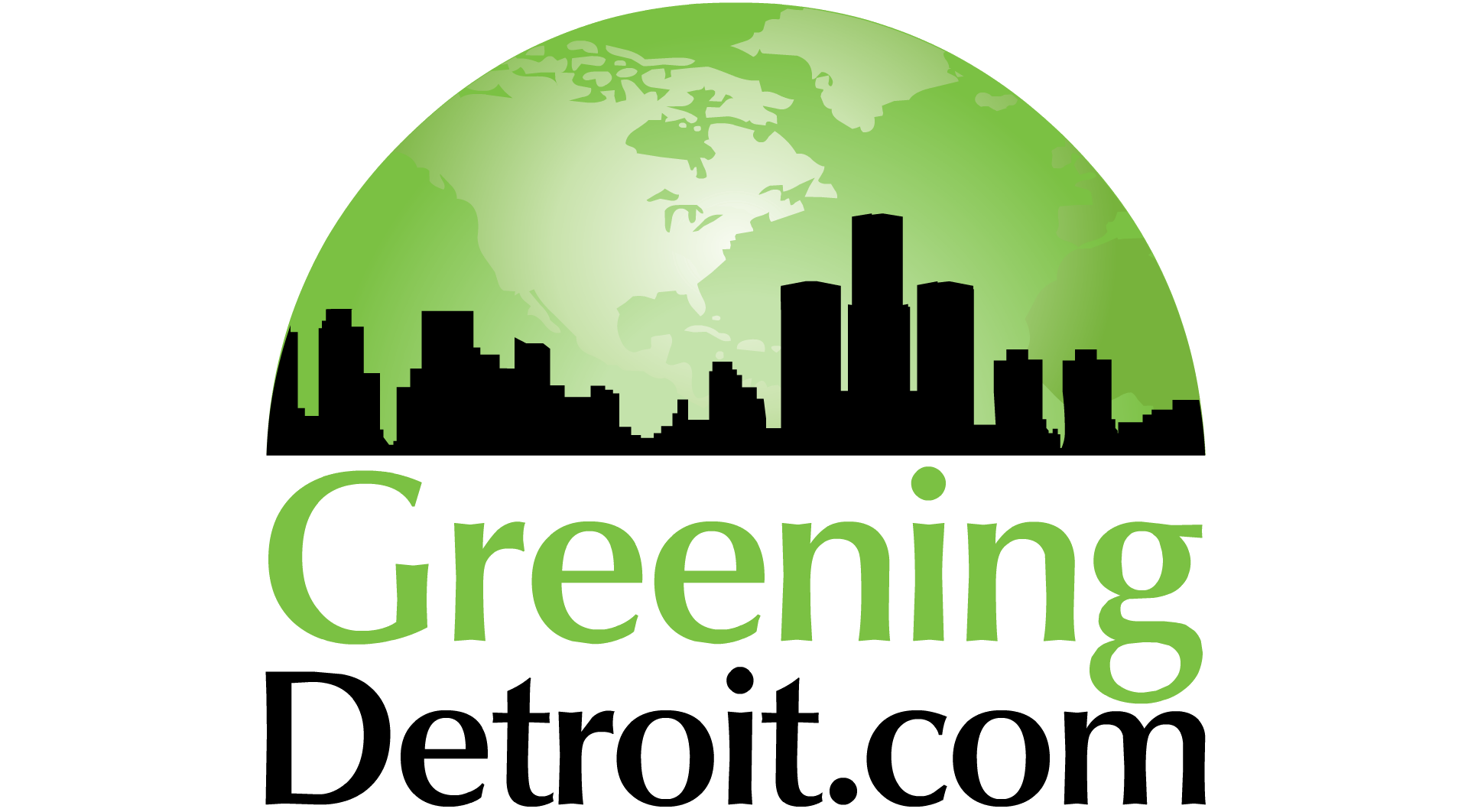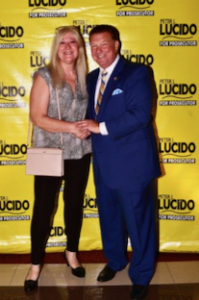 While the nuclear energy sector welcomes new MOUs in emerging nuclear energy markets; addressing US-led financing, sales and training contracts in today’s deal markets, such as the United Arab Emirates, South Africa, China, Eastern Europe and India is perhaps a more pressing matter. The United States Ex-Im Bank is helping to move things along in this regard.
While the nuclear energy sector welcomes new MOUs in emerging nuclear energy markets; addressing US-led financing, sales and training contracts in today’s deal markets, such as the United Arab Emirates, South Africa, China, Eastern Europe and India is perhaps a more pressing matter. The United States Ex-Im Bank is helping to move things along in this regard.
In June, United States Ex-Im Bank Chairman Fred Hochberg spoke at the Center for American Progress on US competitiveness overseas. He said that American companies’ ability to win foreign sales is being “challenged by a dramatic rise in official export credit financing.” Hochberg also outlined how the US could become the world’s leading exporter again and how American businesses can compete globally amidst the rise of state-driven capital.
Moving the goal posts of finance
The Ex-Im Bank earlier this year looked beyond OECD-regulated export finance, which according to Hochberg, is ‘the world that Ex-Im and most of its competitors have inhabited since 1978.’
“That’s when OECD countries established a framework to keep export finance in the background, but also out of the shadows,” says Hochberg. “The OECD wanted to make export finance transparent and to ensure that companies won business because they made great products not because they were supported by cut-rate or one-off financing. This framework was effective for decades, but our report clearly shows that it is showing its age,” he says.
Surprisingly, given the Bank’s line of business, 2012 marked the first time Ex-Im sent a team of analysts around the world to places such as Mumbai, Mexico City, Rio, Beijing and a few countries in between to get a clearer and factual picture from lenders and customers of the changing nature of international export finance.
“We found a stunning increase in the amount of ECA financing that is happening underground and in the dark,” says Hochberg. “We found increased use of unregulated OECD programs like direct investment and untied financing, as well as the growing presence of ECA’s from Brazil, India and China, which are not part of the current export credit guidelines.
“So what do I mean by unregulated export finance? I mean official forms of finance that advance medium-to longer-term national interests,” he explains.
He offers an example in his speech: “Japan’s ECA delivered $200m to India to finance clean energy projects with the expectation that more Japanese technologies will eventually be used by India. It’s a wink and a nod. Finance now for future benefits. This is happening more and more. Our report found that unregulated government export finance exceeds all the official activity of the G-7 combined.”
The Ex-Im study estimated that there was roughly $100bn in unregulated OECD export financing and an additional $60bn from the BIC countries.
“And my guess is that our estimate of BIC financing is still too low,” says the Ex-IM bank Chairman.
Making progress in the US supply chain
The Ex-Im this month approved a $2bn financing for a nuclear power plant in the United Arab Emirates, a line of credit that the US Census Bureau statistics expects will support close to 5,000 US jobs across 17 states.
The direct loan is going to the Barakah One Company of the UAE to underwrite the export of American equipment and service-expertise for the construction of a nuclear power plant in Abu Dhabi.
The transaction will finance the construction of the first nuclear power plant on the Arabian Peninsula, which upon completion will number among the largest nuclear-generating facilities in the world. Additionally, the loan ranks as Ex-Im Bank’s largest transaction in the UAE to date and counts as Ex-Im Bank’s first greenfield nuclear-plant financing since the late 1990s.
“The 5,000 American jobs figure speaks volumes about the importance of the transaction to the US economy,” said Hochberg. “But in addition to bolstering American jobs, Ex-Im Bank will make history by backing the construction of the first nuclear power plant on the Arabian Peninsula.”
Barakah One Company plans to erect four nuclear reactor power-generating units along the coast along the Arabian Gulf approximately 220 kilometres from the city of Abu Dhabi.
The reactors, supplied by the Korea Electric Power Corporation and based on the APR 1400 design, will reportedly come online at one-year intervals effective 2017 and yield an aggregate capacity of 5,600 megawatts gross electricity.
However, Westinghouse Electric is the largest exporter involved in the transaction and will provide the reactor coolant pumps, reactor components, controls, engineering services, and training. Westinghouse nuclear power plants are currently under construction in China and the United States, among others.
Ric Perez, the president and chief operating officer of Westinghouse Electric Company said the project will create and sustain US jobs in California, Connecticut, New Hampshire, Ohio, Pennsylvania, South Carolina, Texas and other states home to Westinghouse sub-suppliers.
“Within Westinghouse alone, the Barakah project will allow us to maintain about 600 US jobs. In addition, the Bank’s support will sustain hundreds of well-paying jobs at Westinghouse’s US sub-suppliers and indirect jobs in the service industry,” says Perez.
MENA and South Africa
At of the end of the 2011 financial year, the UAE accounted for approximately $3.7bn of the EX-Im Bank’s worldwide credit exposure, and in the same year the Bank approved a total of $415m in authorizations to support American exports bound for the region.
The MENA region is proving a lucrative deal market for the nuclear supply chain; proof being the upcoming Nuclear Energy Insider MENA Nuclear Construction conference sold out and had to move to a larger venue: (http://www.nuclearenergyinsider.com/mena/index.php?utm_source=Event%2BBl……)
But other nations are luring in US and non-US suppliers such as Saudi Arabia, Jordan, Egypt, Turkey and South Africa, all of which are moving ahead with nuclear construction plans that require expertise from global engineering firms. New contracts for these markets are estimated at more than $300bn for 2012 alone. Over the next 15 years, as many as 37 new reactors are expected to be built with a cost value of up to $200bn.
In recent years KEPCO secured the Middle East’s first tender for 4 new units to be constructed in the UAE at a cost of $20 bn. UAE nuclear utility ENEC has since confirmed a further 12 units are required to fulfill their energy needs; generating over $60bn in new contracts over the next decade, according to news reports. But there are other markets that could open up to the US nuclear saupply chain, albeit at a slower pace to that of the UAE, one being South Africa, which already has two reactors in action.
This year Ex-Im and the Industrial Development Corp. of South Africa (IDC) signed a Declaration of Intent (DoI) to help advance the South African government’s Integrated Resource Plan (IRP) and the South African Renewable Initiative (SARi).
Under the agreement, Ex-Im Bank will assist in financing up to $2bn worth of US technologies, products and services to South Africa’s energy sector, with an emphasis on clean-energy development. Solar and wind projects are making progress in South Africa. There is a good chance that nuclear energy will take a larger part in the nation’s energy mix, but requires reliable estimates on the cost and affordability of its programme to build nuclear power plants, according to Deputy President Kgalema Motlanthe.
Congress helping US to compete abroad?
In May of this year, US Congress passed the Export-Import Bank Reauthorization Act of 2012, with the view to ensure US companies could better compete in the global marketplace. This bipartisan bill will allow the Bank to continue financing US exports to meet foreign competition and fills the void when acceptable commercial financing is unavailable.
President Obama signed the bill into law just in time, as Ex-Im Bank’s exposure cap reached $99.3nm, nearing the Bank’s $100bn limit. According to Hochberg the passage of the charter provides much-needed certainty and predictability to US exporters and their workers by extending the Bank’s authority through 2014 and gradually increasing its portfolio cap to $140bn.
Ex-Im Bank will continue to play a critical role in the US economic recovery. But keeping an ear to the ground is what it needs to do more frequently to keep itself and the US nuclear supply chain competitive at home and abroad.
Source: Nuclear Energy Insider



